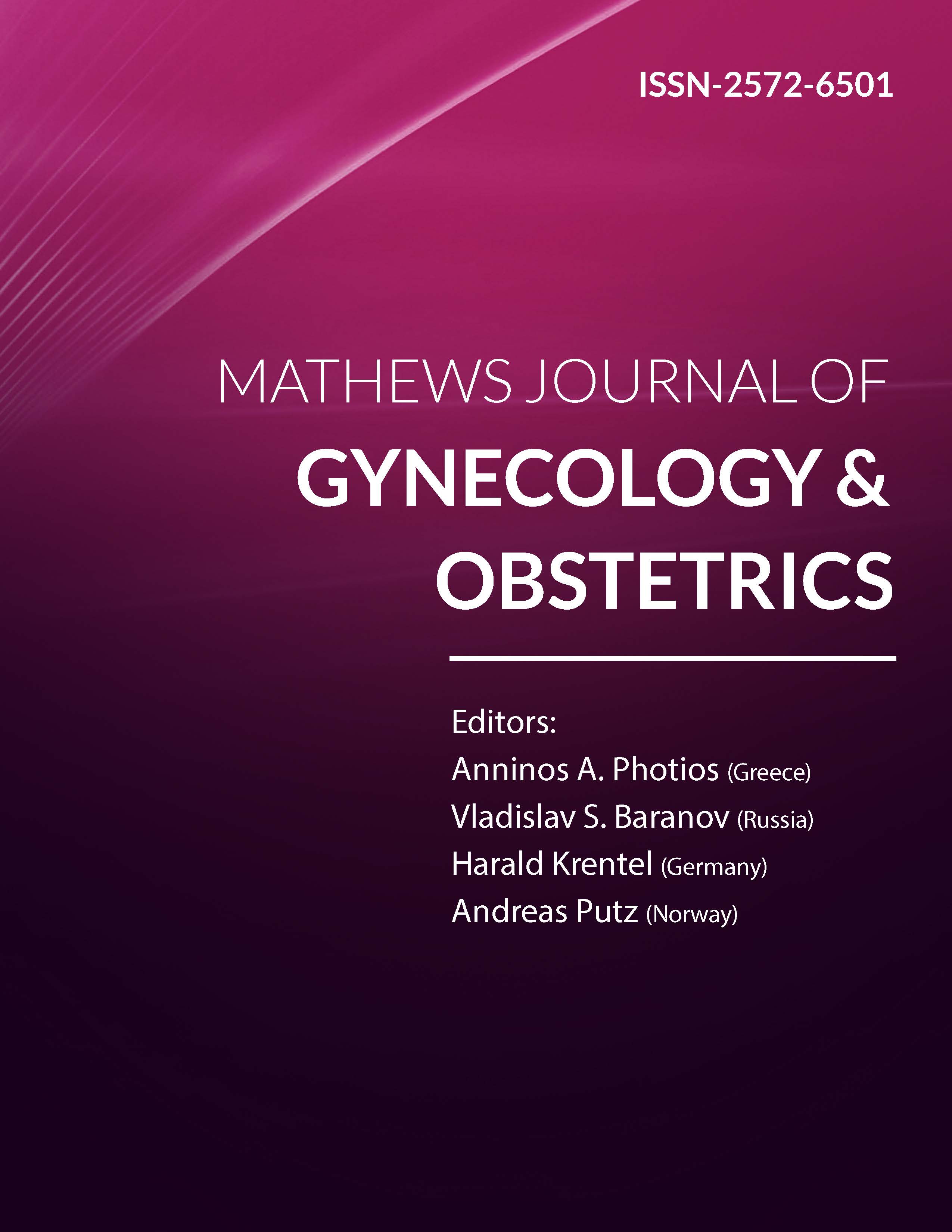
Information Links
Previous Issues Volume 7, Issue 1 - 2023
Prevalence, Risk Factors and Prescribing Trends of Iron Deficiency Anemia in Pregnancy at a Tertiary Care Hospital, India
Varsha J Galani1,*, Nidhi N Patel2, Shivam P Patel2, Jensi H Rabari2
1Department of Pharmacology, Indubhai Patel College of Pharmacy and Research Centre, Dharmaj-388430, Gujarat, India
2Department of Pharmacy Practice, Indubhai Patel College of Pharmacy and Research Centre, Dharmaj-388430, Gujarat, India
*Corresponding author: Dr. Varsha J Galani, Department of Pharmacology, Indubhai Patel College of Pharmacy and Research Centre, Dharmaj-388430, Gujarat, India, Tel: (+91) 9429161203; E-mail: [email protected].
Received Date: January 23, 2023
Published Date: February 06, 2023
Citation: Galani VJ, et al. (2023). Prevalence, Risk Factors and Prescribing Trends of Iron Deficiency Anemia in Pregnancy at a Tertiary Care Hospital, India. Mathews J Gynecol Obstet. 7(1):23.
Copyrights: Galani VJ, et al. © (2023).
ABSTRACT
Background: Iron deficiency anemia is one of the most prevalent nutritional problem affecting pregnant women in India. Untreated Iron deficiency anemia has significant adverse feto-maternal consequences. Methodology: A record based retrospective study was conducted to determine the prevalence, its associated risk factors and prescribing trends of Iron deficiency in pregnancy at a tertiary care hospital, Gujarat, India. Hb% less than 11 gm% will be considered as anemic. Demographic data, history of pregnancy, laboratory data and prescribing practice were recorded in the predesigned case report form. Result: Out of 350 cases, 257 cases were anemic and 93 cases were nonanemic. The overall prevalence of anemia among pregnant women was found to be 73.4%. In our study majority of the anemic cases were mild (69%) followed by moderate (23%), severe (7%) and very severe (1%). Majority of rural cases (75.87%) registered and higher proportion of anemia was found in third trimester (83.65%). Variables such as gestational age, gravida, parity, abortion, iron and folic acid supplementation during pregnancy, and complications during pregnancy had significantly associated with the prevalence of anemia. With increasing severity of anemia, hemoglobin value and red cell indices were decreased. Conclusion: High prevalence of anemia in pregnant women was observed with association of several risk factors mentioned. Hemoglobin value and red cell indices were useful tools to check level of iron deficiency anemia. Iron and folic acid tablets are most commonly prescribed during all the trimesters.
Keywords: Iron Deficiency Anemia, Prevalence of Anemia, Pregnancy, Risk Factors of Anemia, Red Cell Indices, Iron Deficiency Anemia Treatment.